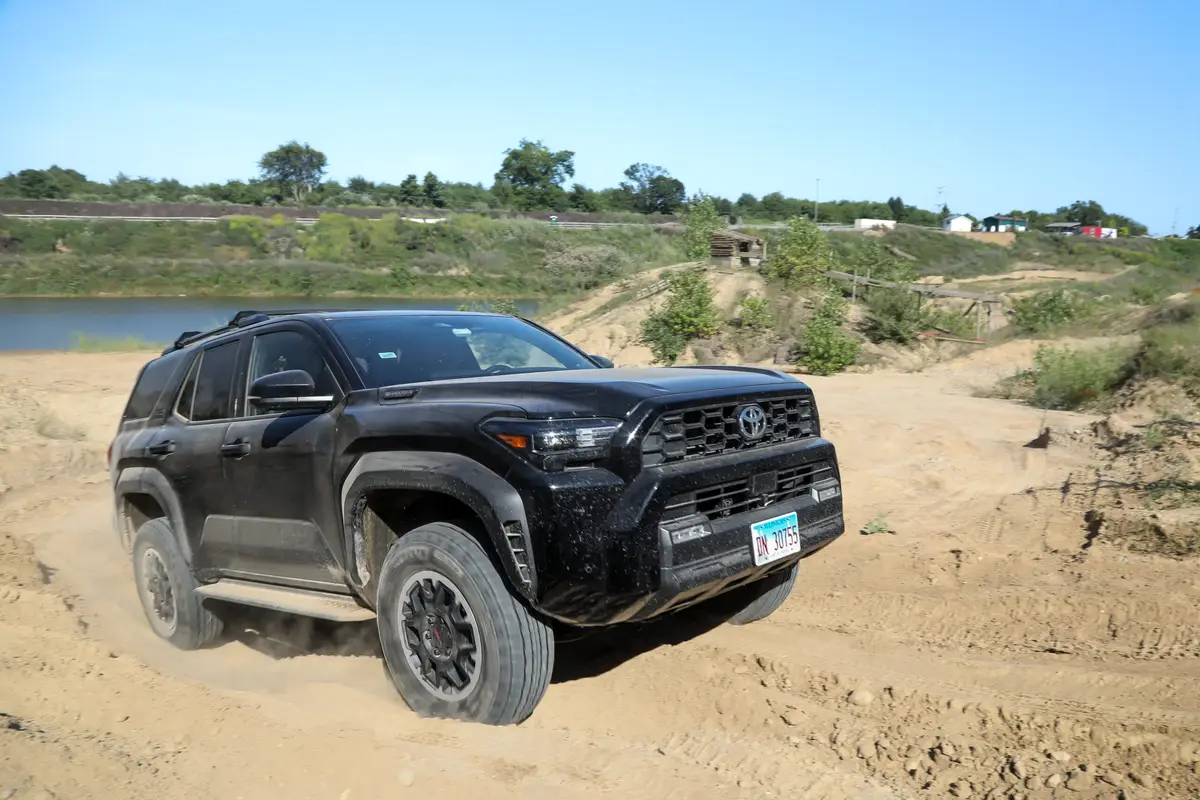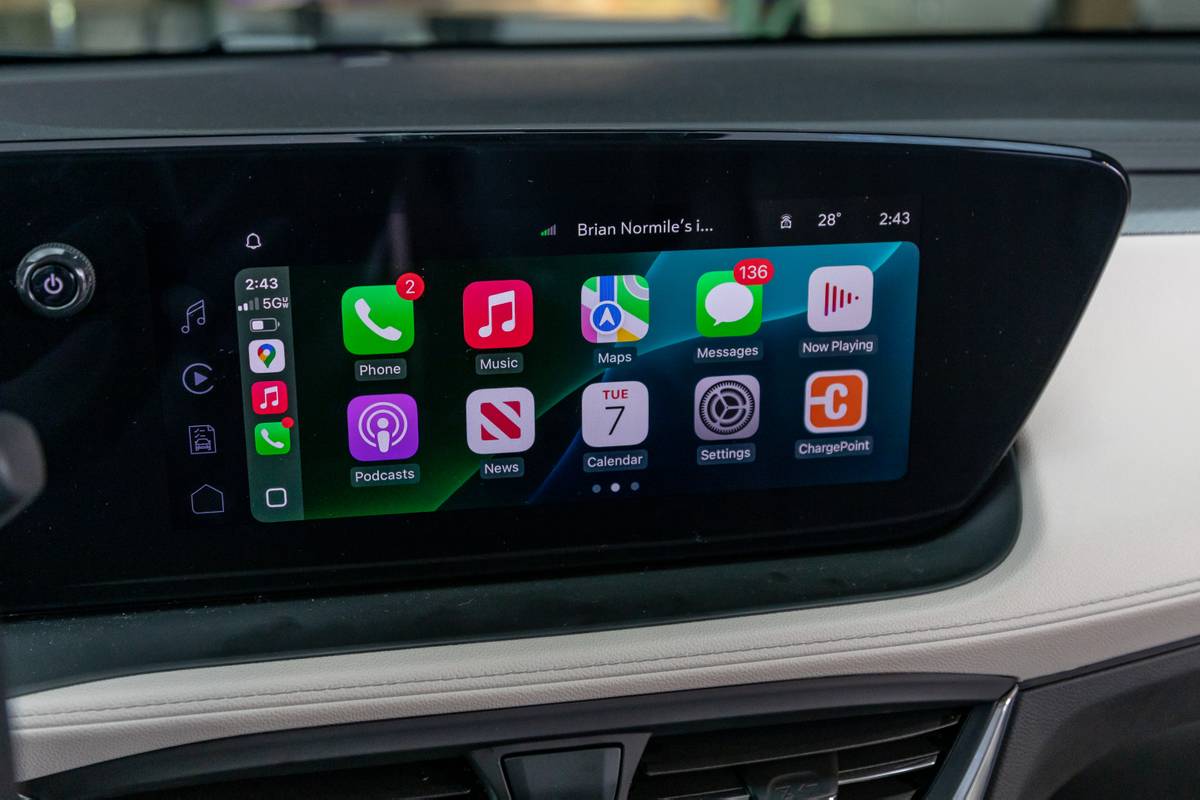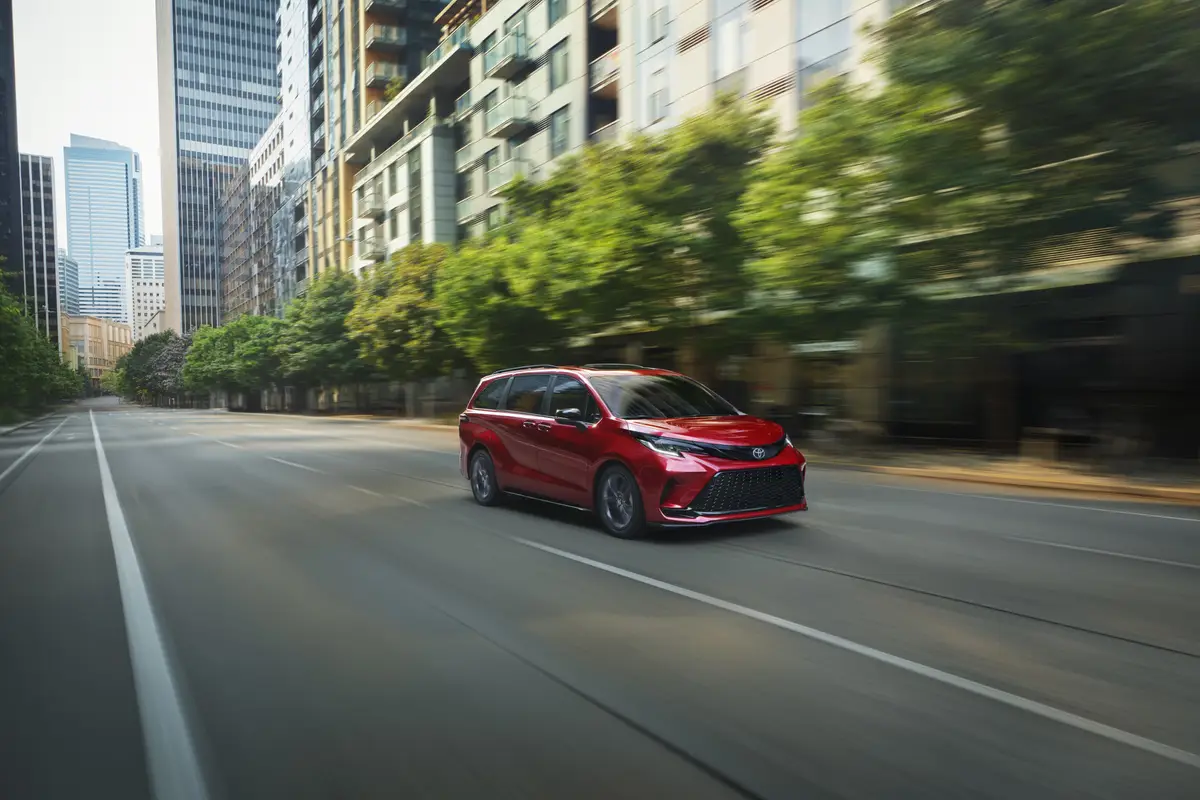Boston.com's view
High-performing Jaguar can go the distance, in style
You drove a big, powerful, and luxurious car. It handled like a boat, floated in corners, even had a distinctive lightness afoot straight ahead. Its steering lacked feel, and its reliability was justifiably questioned.
This could describe a big American sedan, replete with the softness of ride that manufacturers somehow became convinced American’s prefer, along with a tendency for things going wrong that opened the floodgates to European and Asian competitors.
Yet this was no lumbering American sedan. It was a Jaguar, which, despite its American-like shortfalls, somehow became a status symbol with its cool, elegant, promising performance, and endured as a toy for the sporting rich.
But that was in the past, when the British still built cars. They don’t anymore. And there is some irony in the recent history of Jaguar. Under the ownership of the Ford Motor Co., Jaguar has begun to produce distinctly un-American cars. Tight, powerful, climbing the reliability charts.
The latest case in point is the flagship XJ lineup, available in three models: XJ8, Vanden Plas, and XJR at prices ranging from around $60,000 to $75,000.
It’s a pricey neighborhood, but these cars are meant to compete with far more expensive models from Mercedes-Benz, BMW, and Audi.
Specifically, I can see the XJR, which costs $30,000 to $40,000 less, competing with the Mercedes S55 AMG and BMW’s 760Li, and at a similar price with the Audi A8.
From its distinctive mesh grille to its tall rear deck, this Jag looks more ready to growl than past incarnations of the company’s sedans have promised.
It features an all-aluminum body, which cuts about 400 pounds from the weight of previous steel XJs, and achieves that weight loss while being nearly 3 inches longer, more than 2 inches wider, and more than 4 inches taller. The hood’s front edge appears to sit lower than in the past and with that raised rear deck, gives the car a wedge-like appearance.
All XJs get a 4.2-liter V-8. In the XJ8 and Vanden Plas, that means 294 horsepower. In the Eaton supercharged XJR, it means nearly 400 lb.-ft. of torque and 390 horsepower.
That said, this remains a pretty subtle high performance car, still distinctly a Jaguar sedan with recognizable elan, yet quiet, smooth, not snarling under normal highway operation.
Stomp the gas, let the six-speed automatic transmission do its thing, however, and the telltale faint but promising screech of the turbo-charger tells you that power is on its way — fast. A stomp of the gas pedal sends the car jetting ahead, quiet elegance transformed to pulsing power.
If I fault the XJR — and I noticed this in earlier recent Jaguars — it is in its six-speed automatic transmission. When sudden acceleration is demanded, there seems to be just a momentary bit of calcu lation that goes on down there in the electronics. It reminded me a bit of the old days of turbo lag. And Jaguar should look to a slicker system than its J-gate manual option. A car like this deserves a responsive automatic with a snicking-clicking manual.
I say that because, this super-stiff, full-monocoque aluminum body (as close to a single piece unit as possible — think of an eggshell, says Road & Track’s Illustrated Automotive Dictionary) deserves a tight tranny.
It is riveted and glued and sits atop a suspension, in the XJR, tuned for performance stiffness. With dynamic stability control, ABS, and traction-control standard, the XJR is an easy, reassuring drive.
Its fully independent suspension system includes air springs and adjustable electronic shocks.
That combination made for a flat, efficient ride. Quick turn ins and turn outs when passing did not upset the car as it evidenced no body roll at all. In hard corners, it was so r id it had me longing for slightly larger bolsters on the leather seats to help keep me from slipping to the side. Legroom and headroom were ample.
Braking was amazingly sure and swift, certainly aided by the drop in weight that the steel-to-aluminum re-skinning afforded.
The interior, while not reeking of luxury, as some autos do, was elegant with gleaming touches of wood, firm leather seating, and a nifty touch-screen control system, aided by standard knobs and buttons.
From an American company, we have a car that is not boaty, has a European style, and has the Autobahn-cruising abilities of far more expensive German cars. That’s an interesting leap across the pond.
Nice touch: A huge trunk. No more minuscule “boots” that once were a bane of even large Jaguars.
Annoyance: The front “distance” sensors. I swear that even rain splashed at the front of the car set them off.
Latest news



